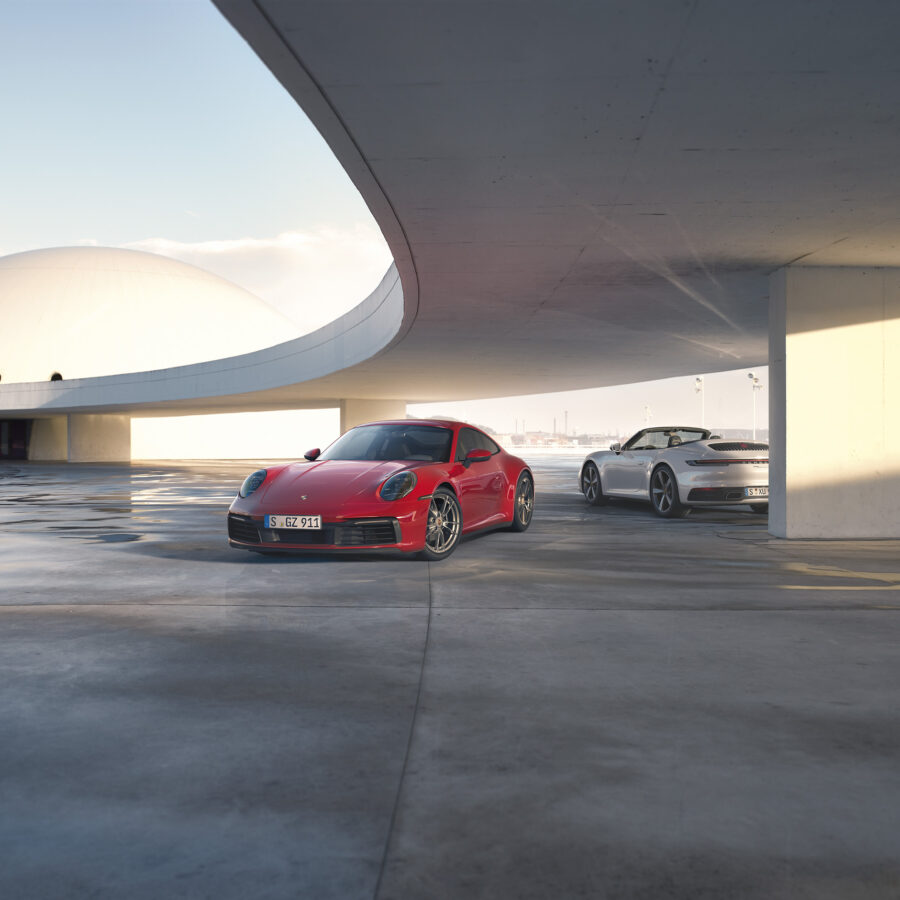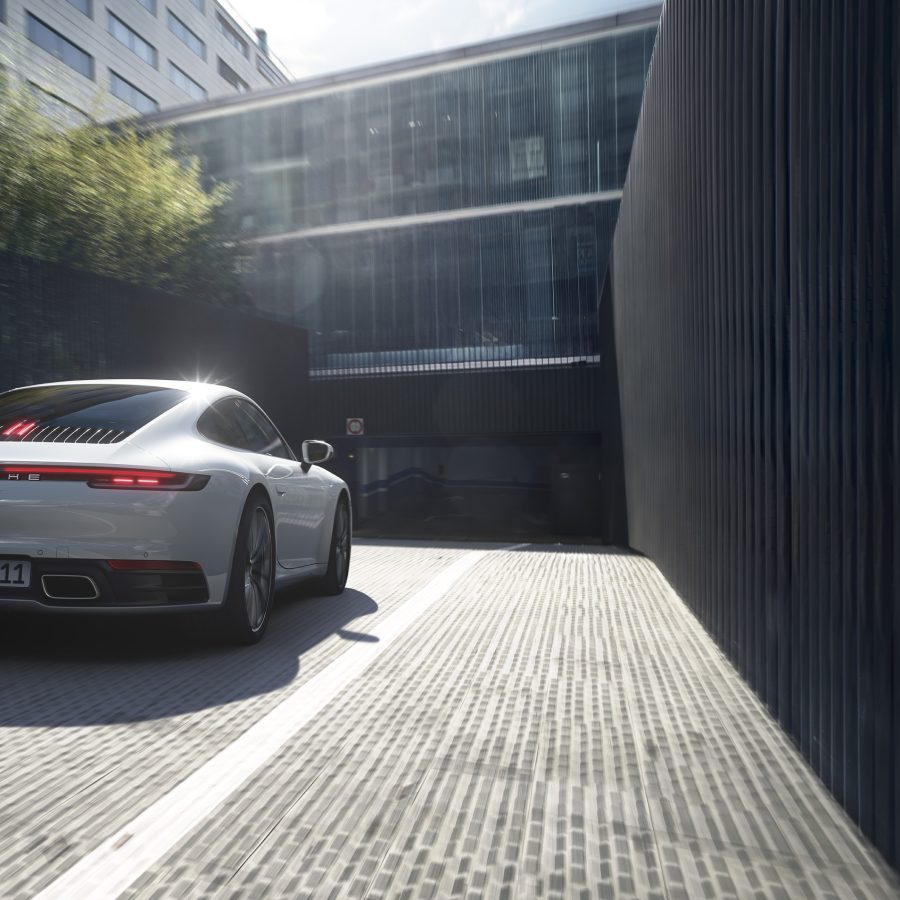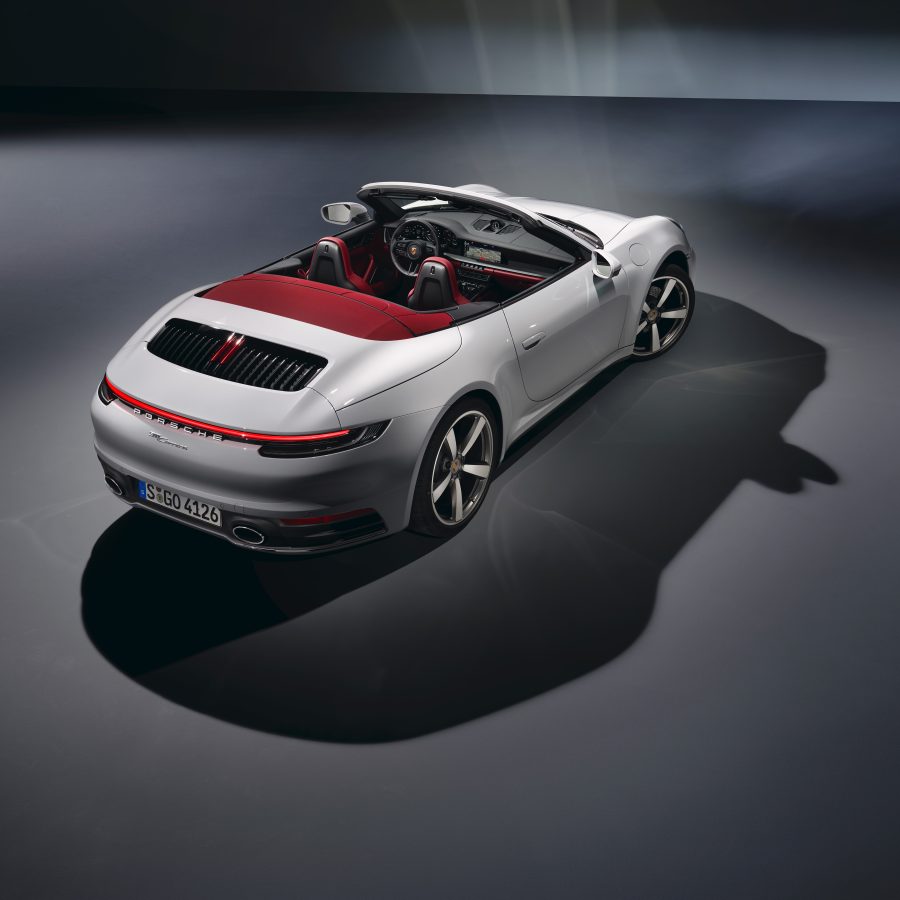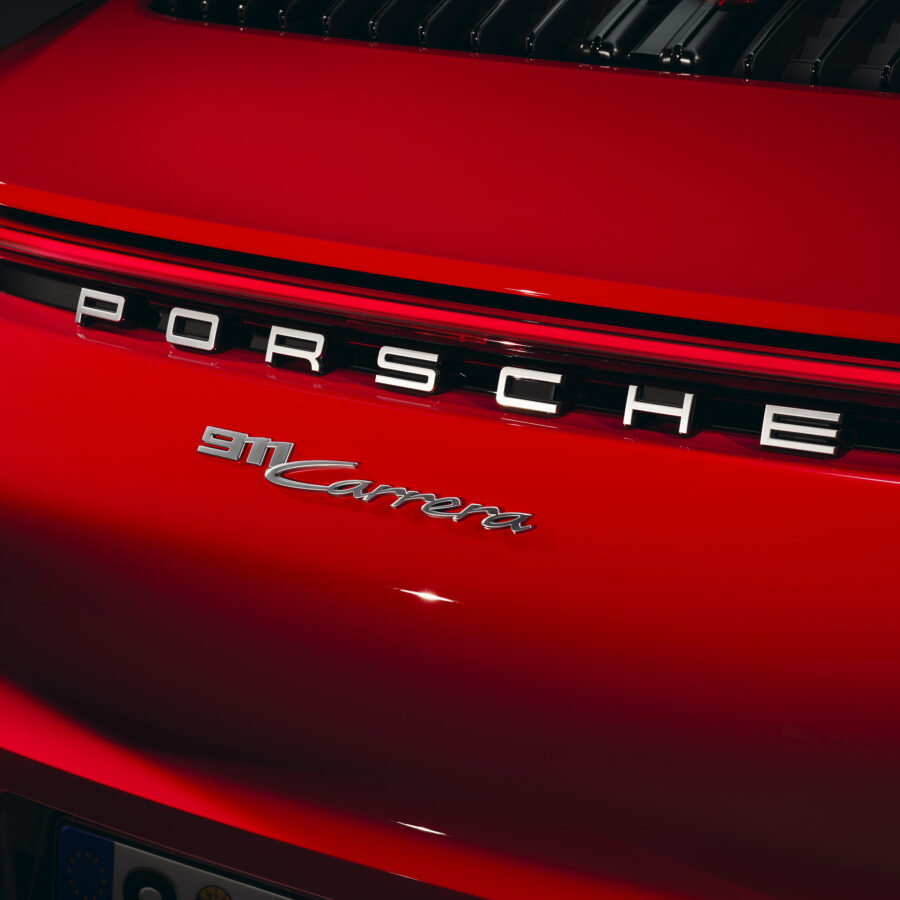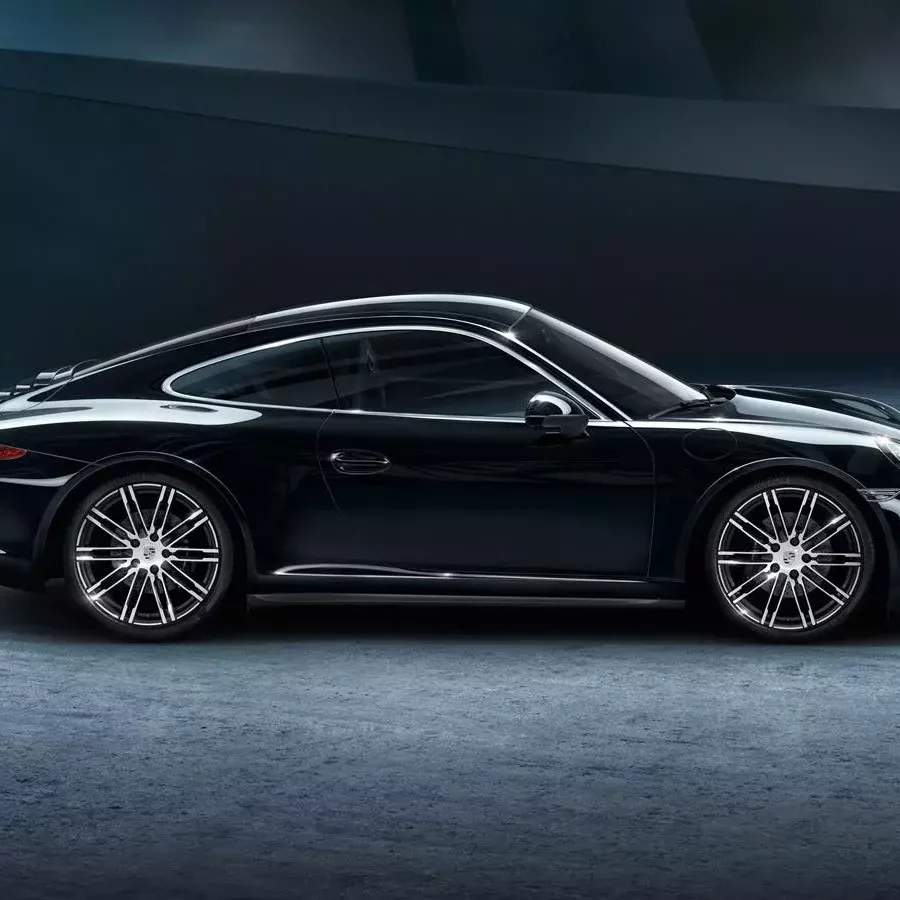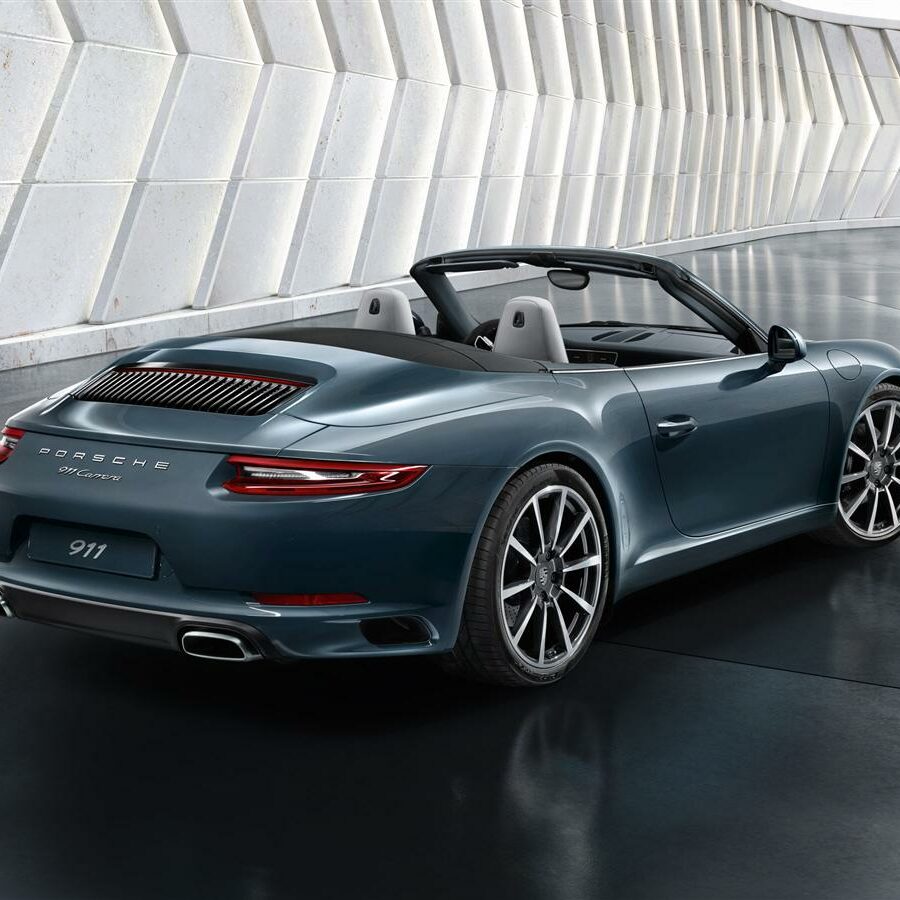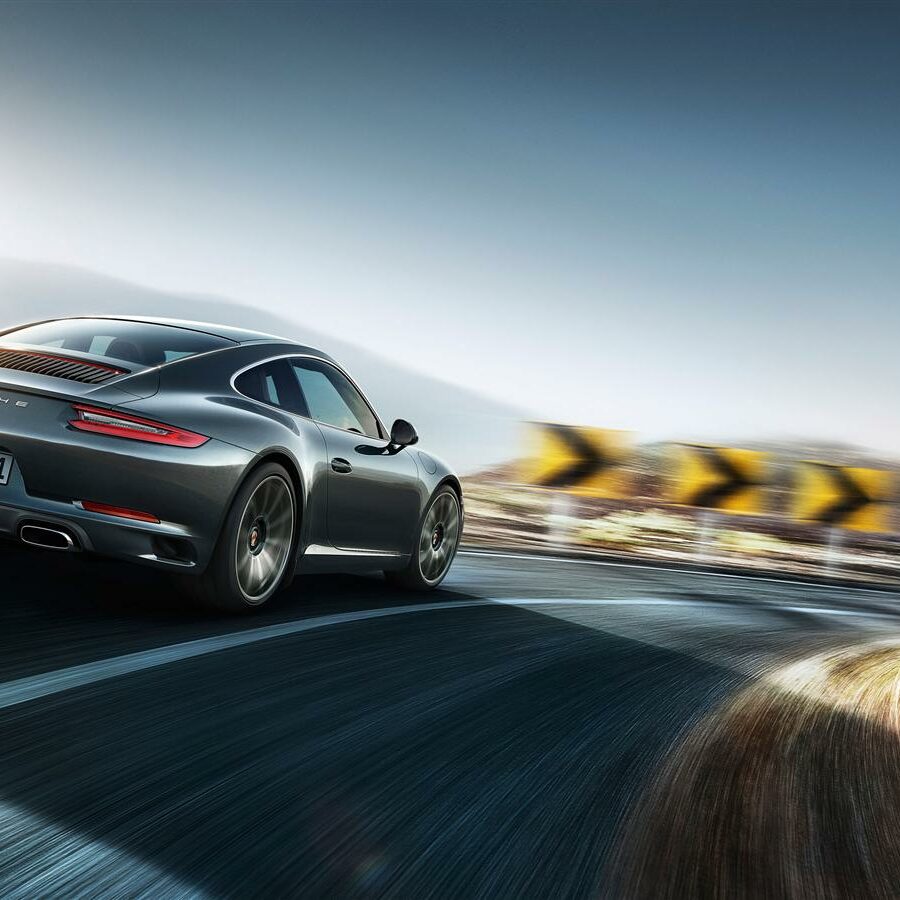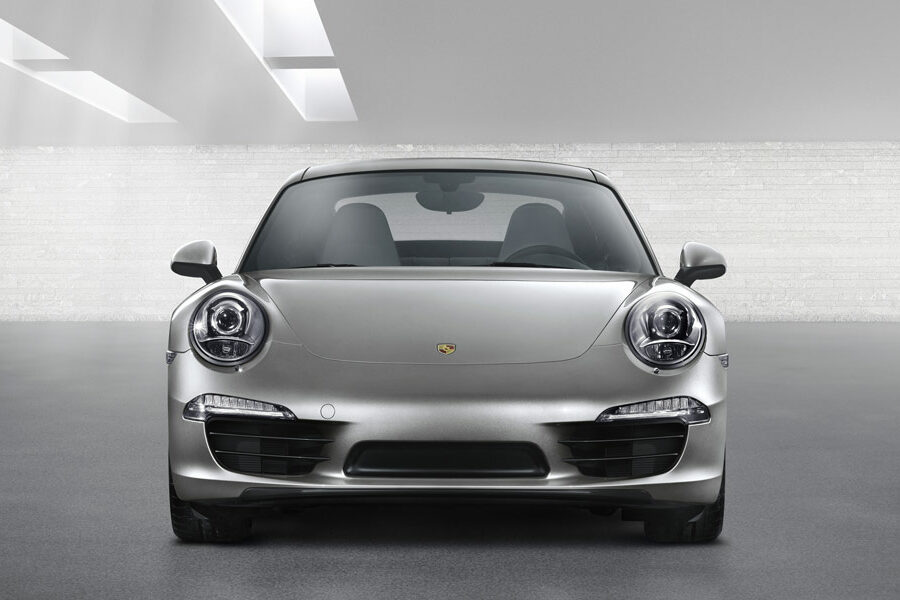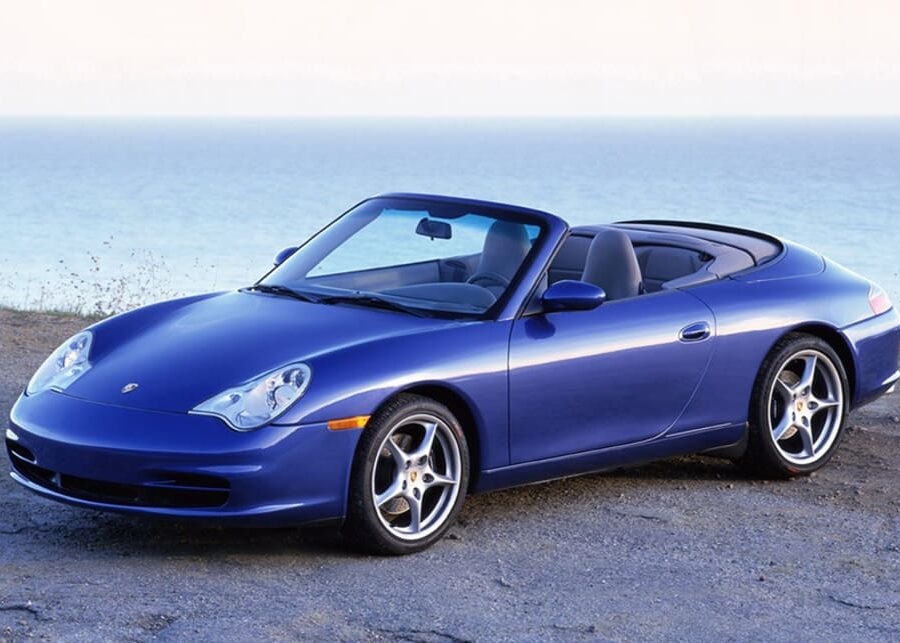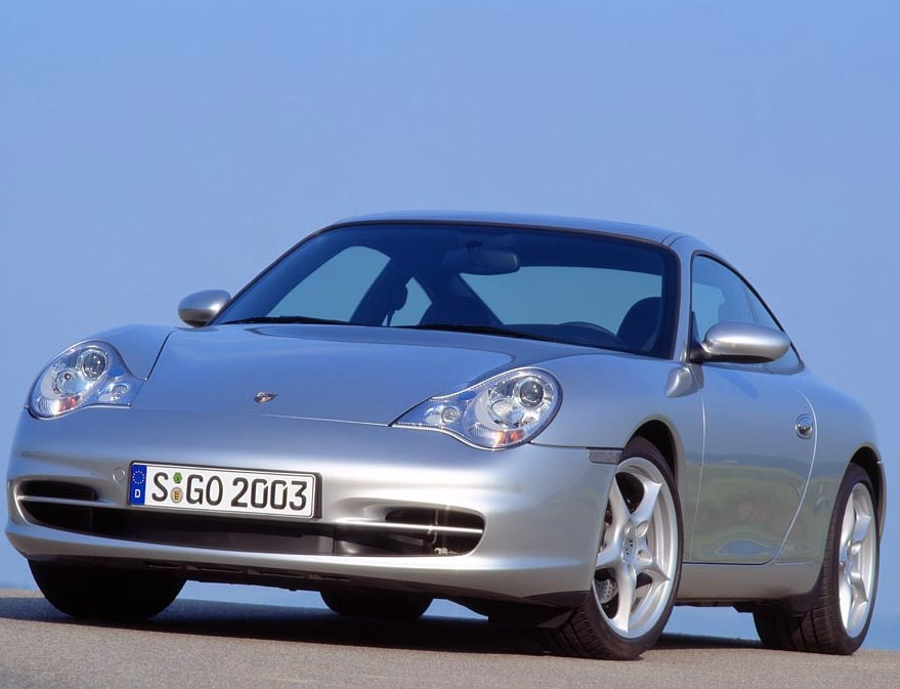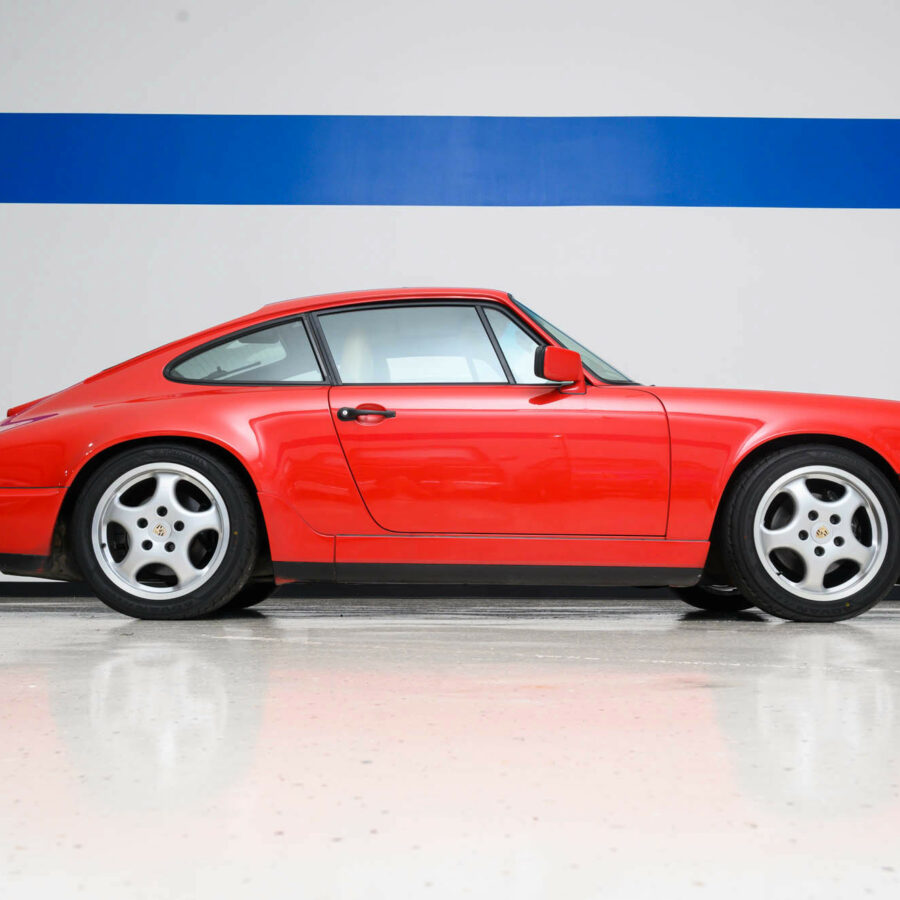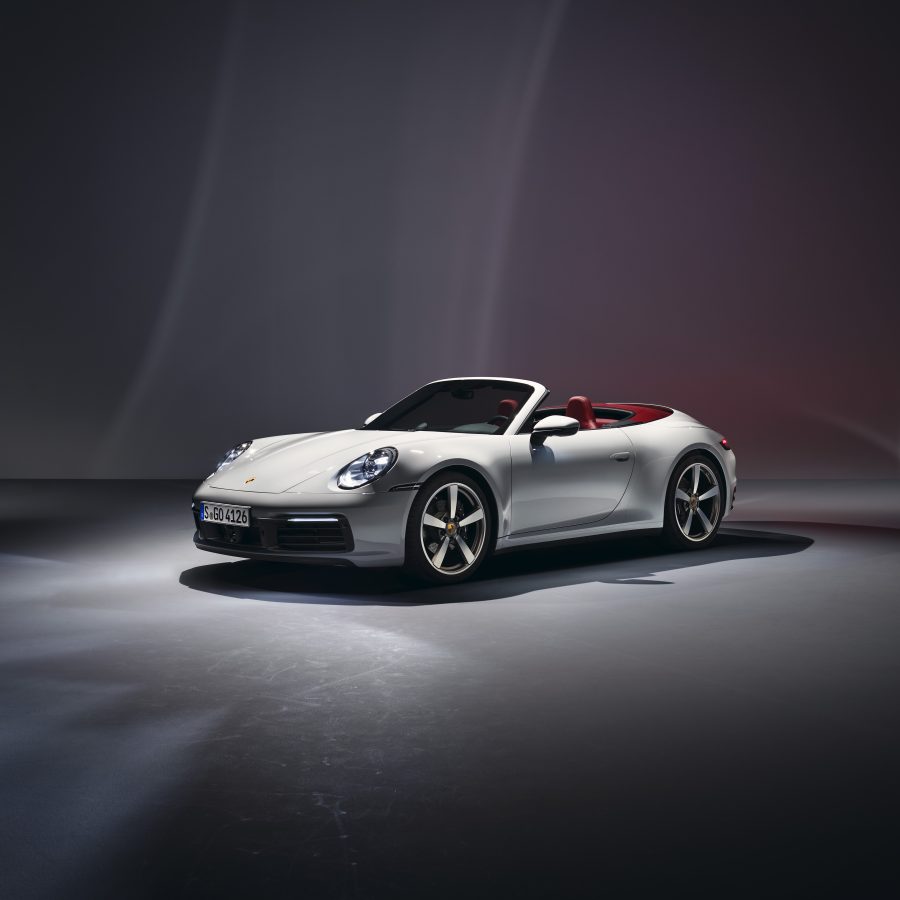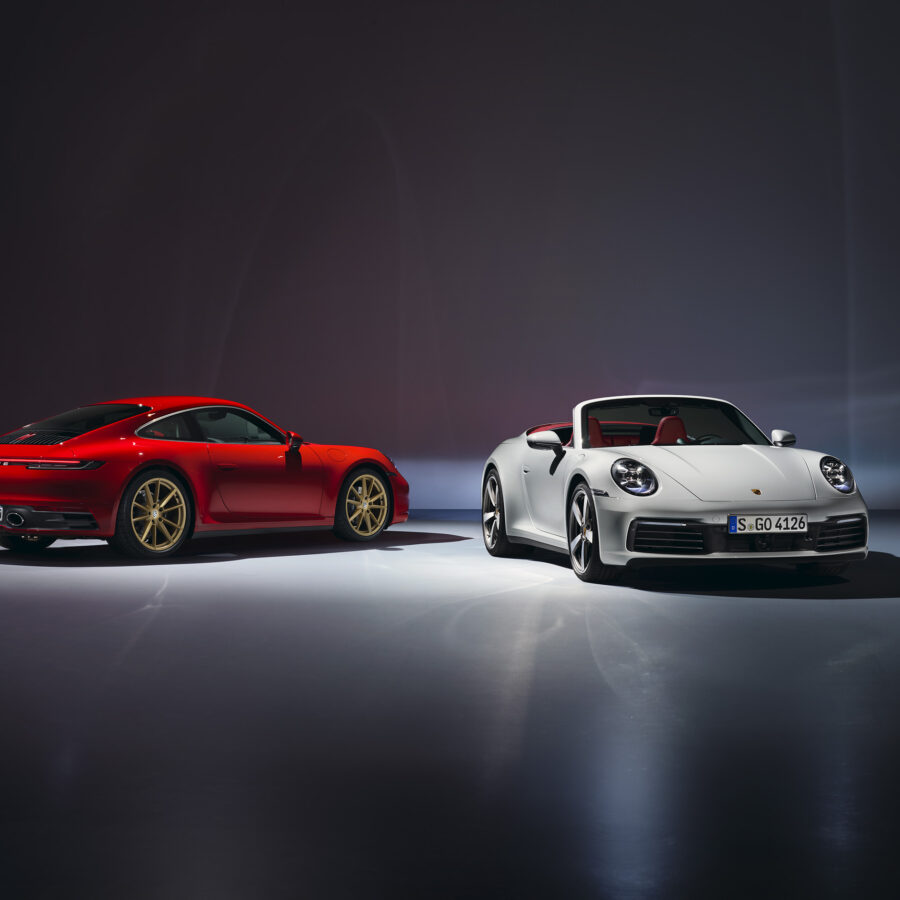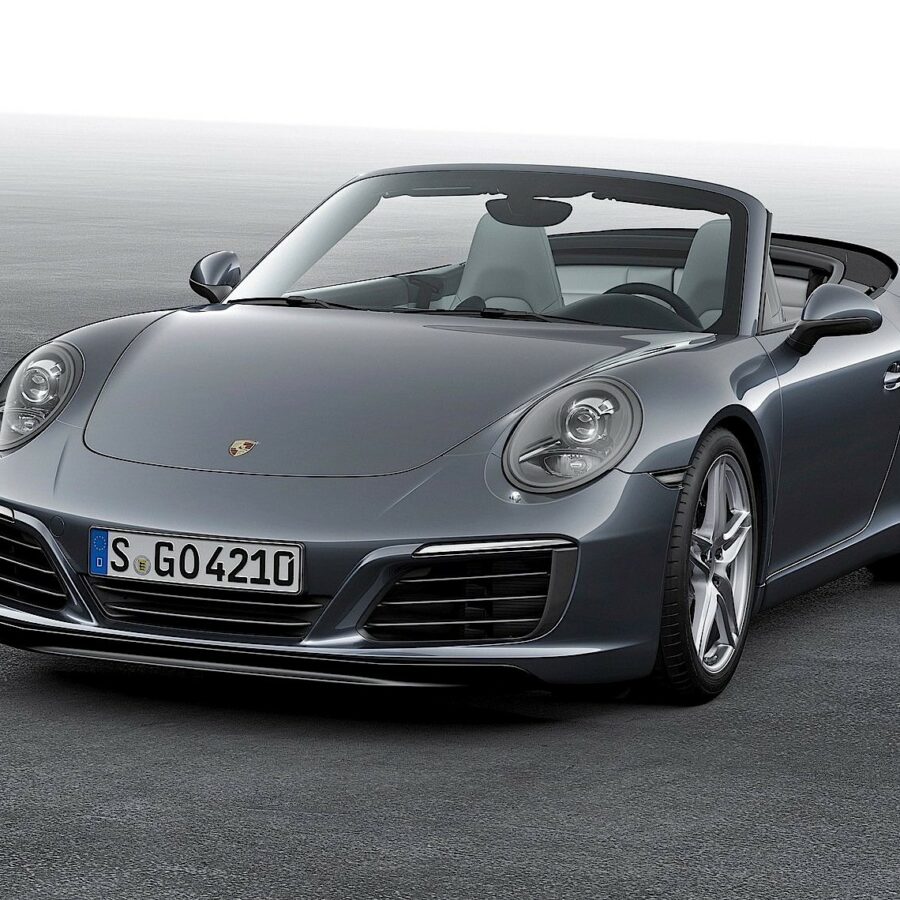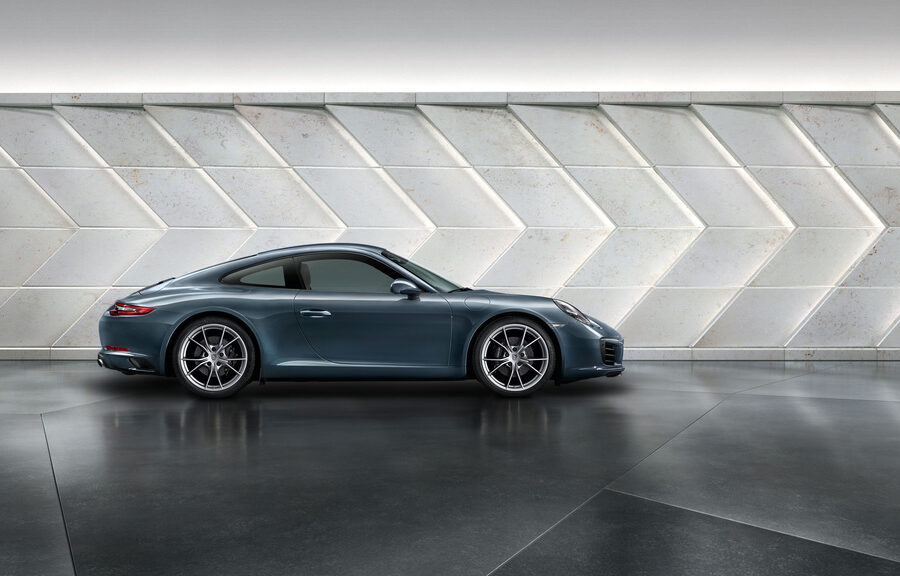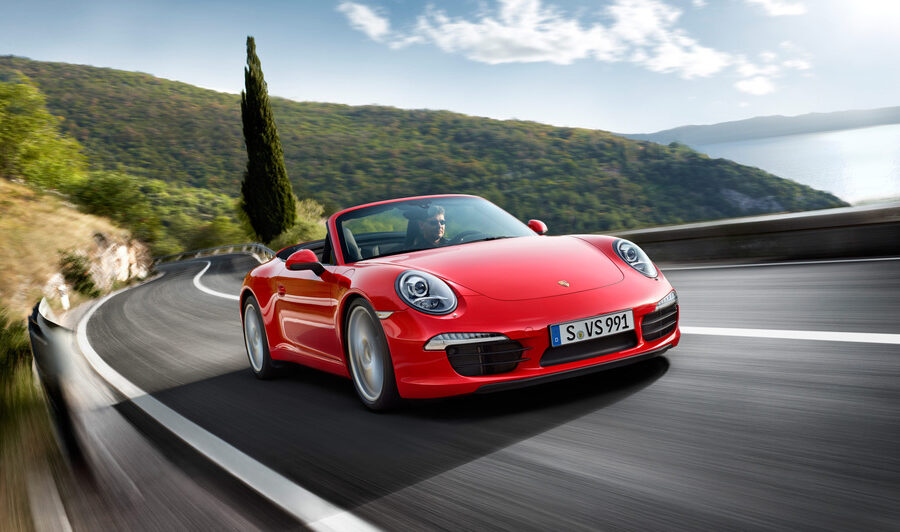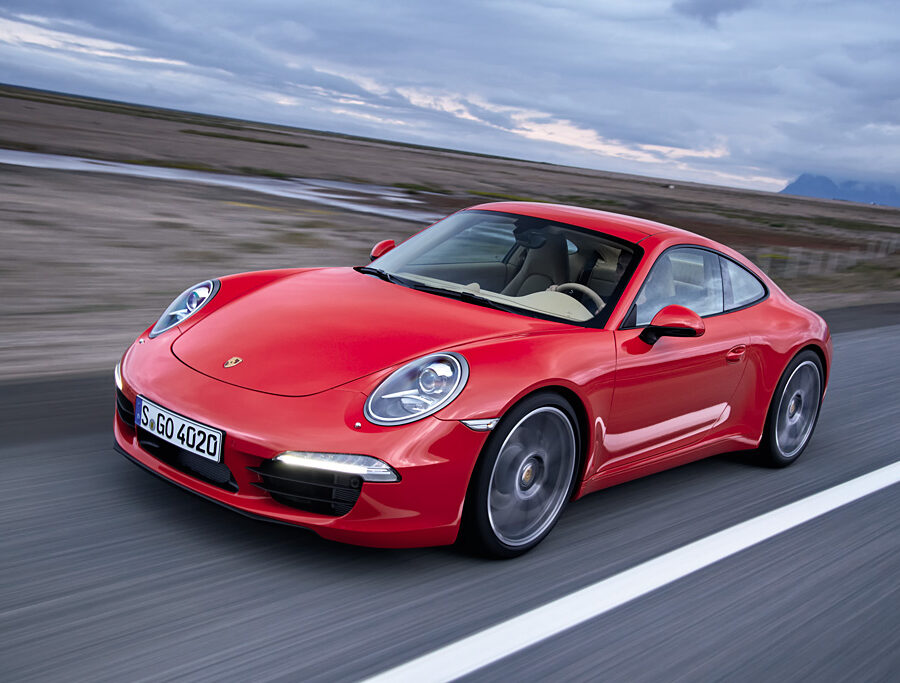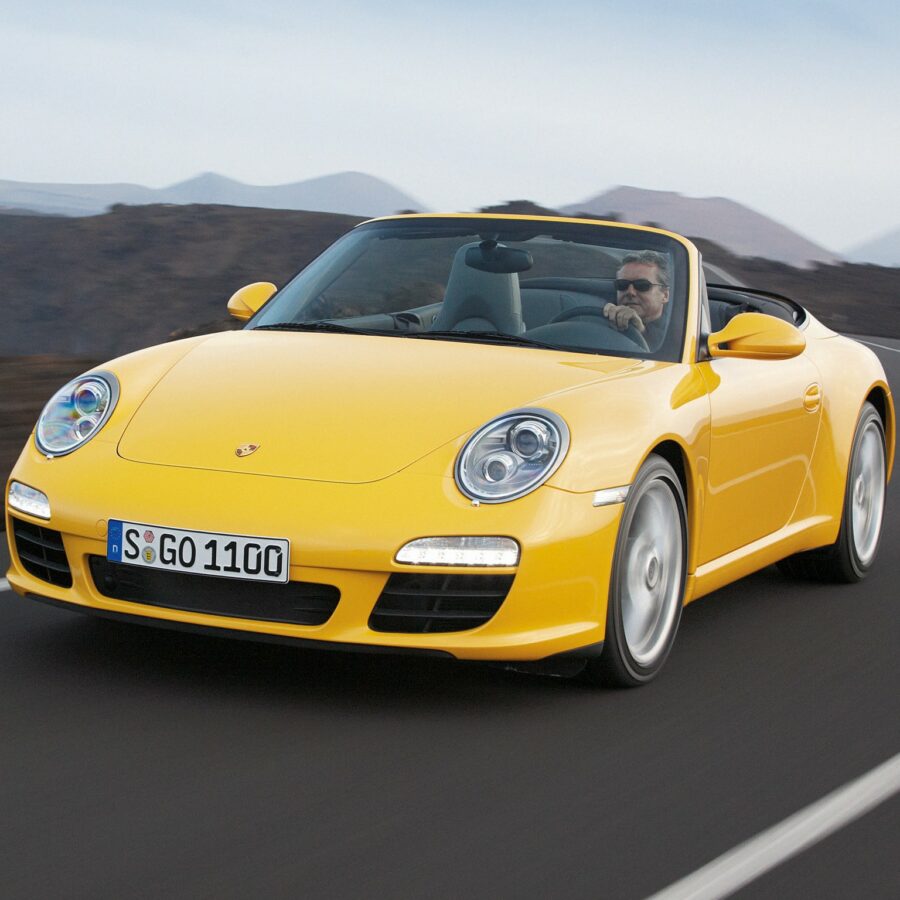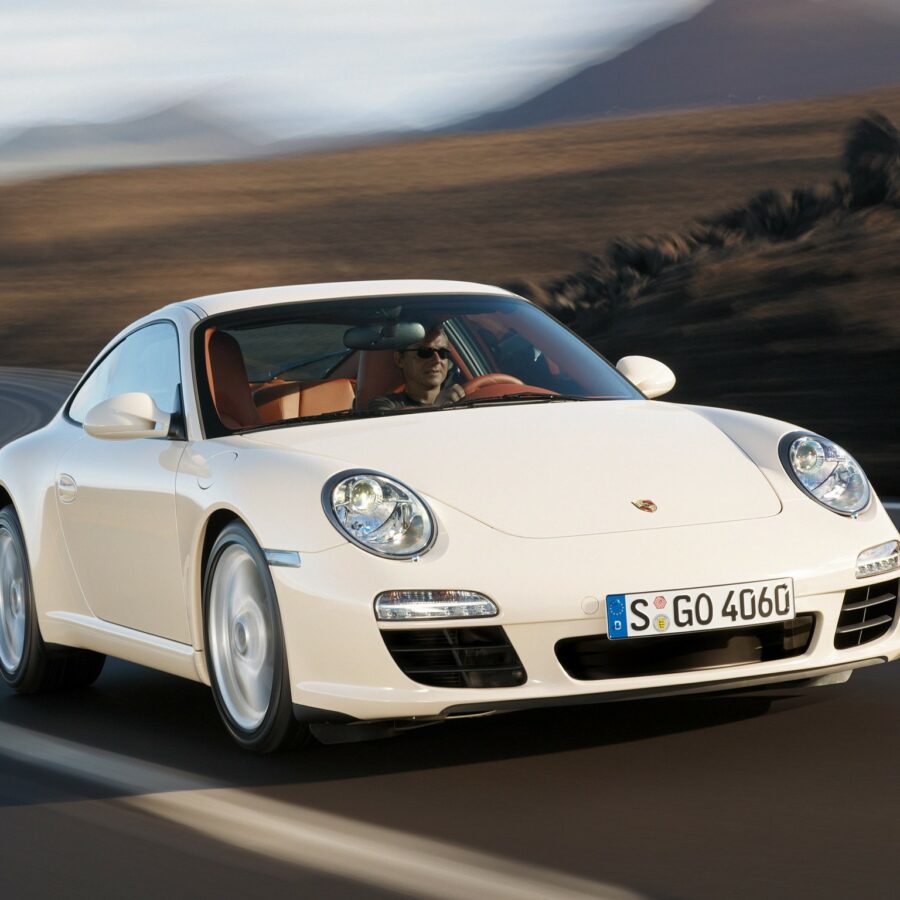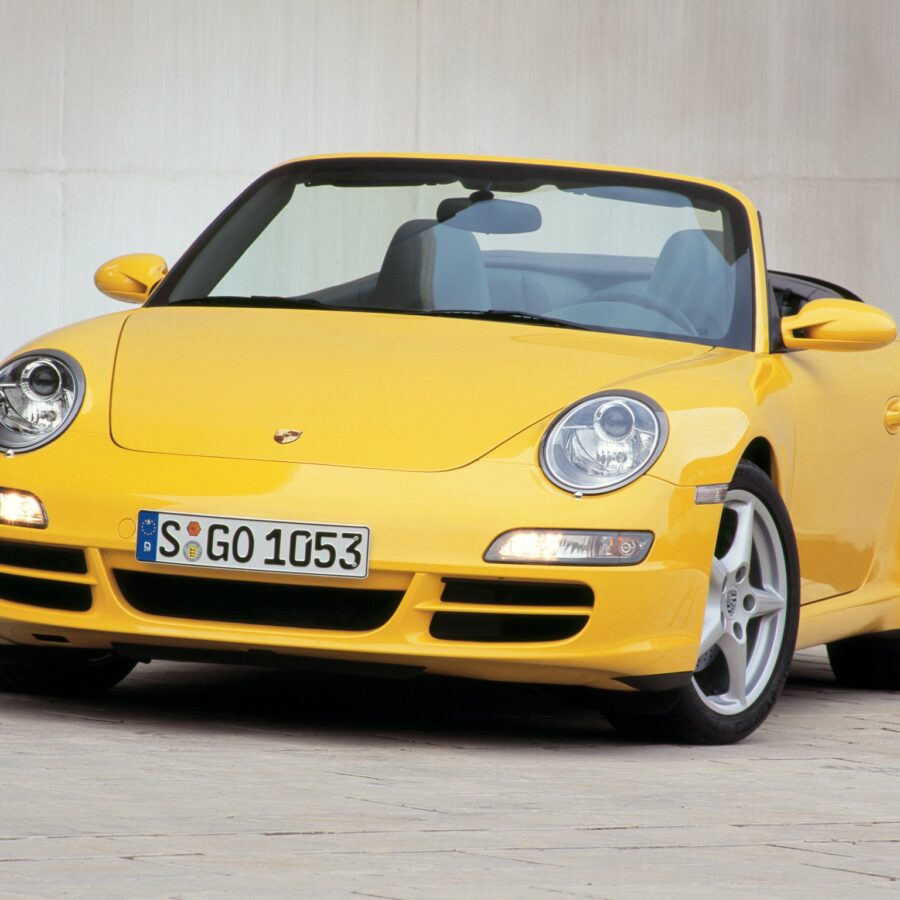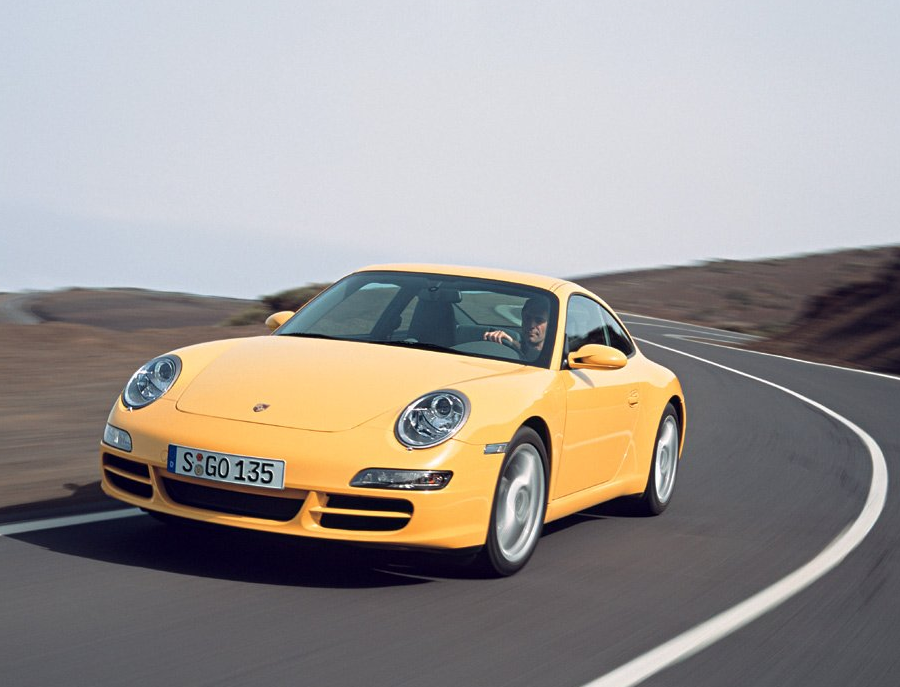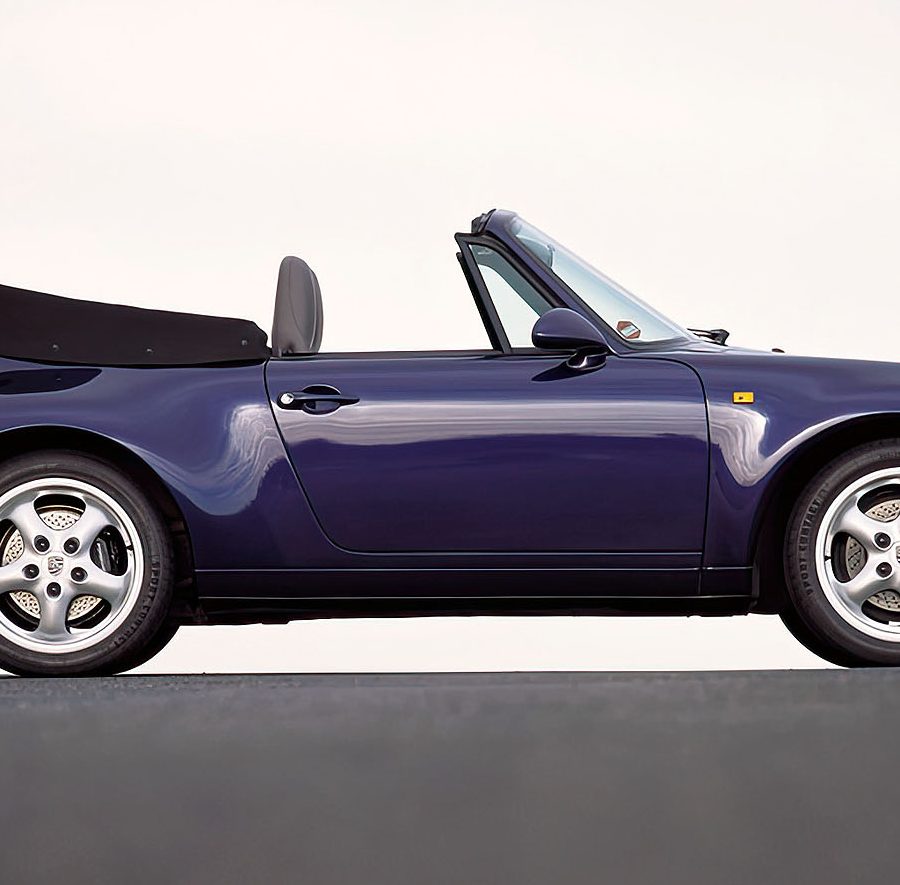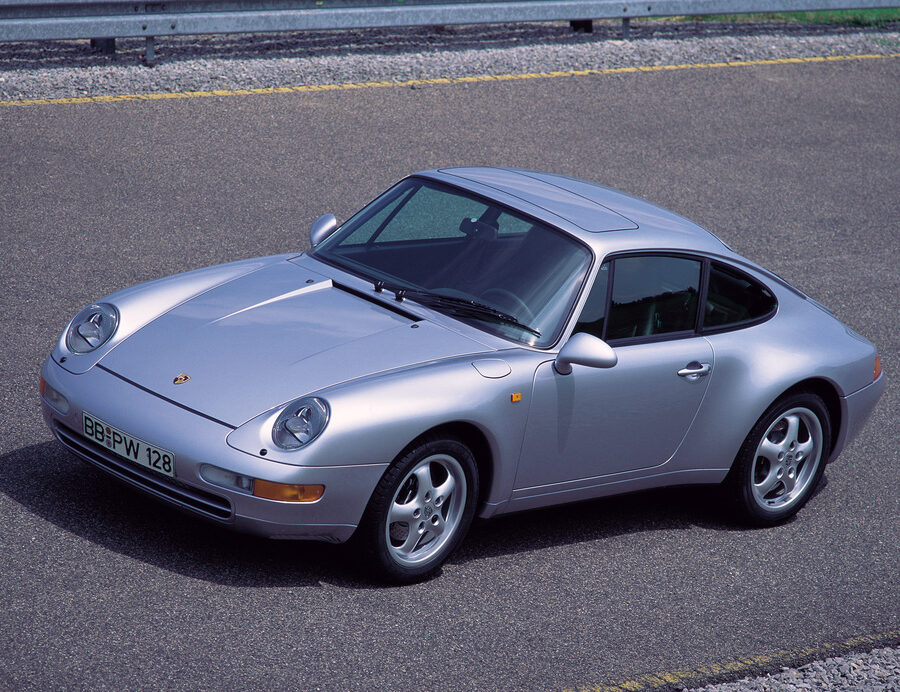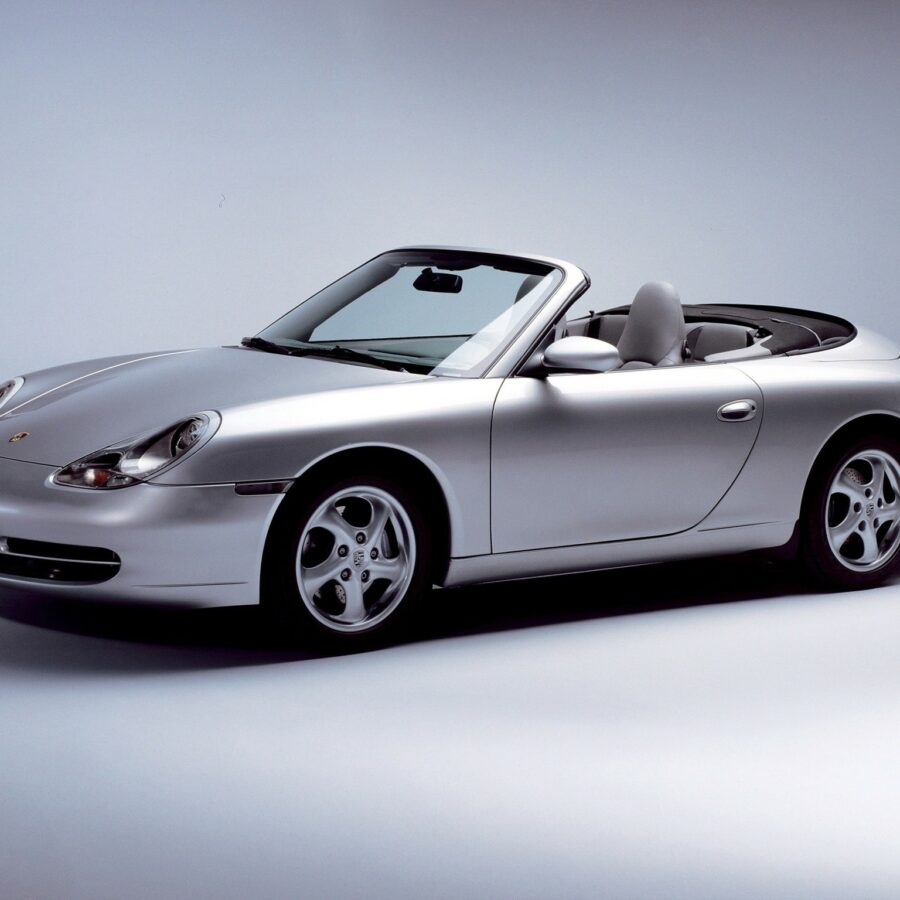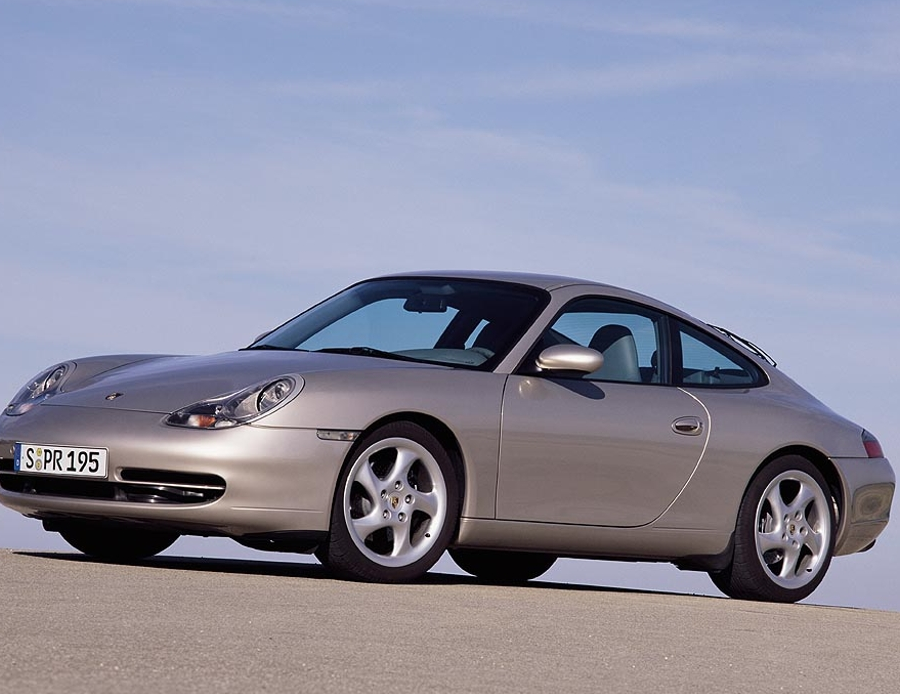Porsche 911 Carrera (996.2) (2002 – 2004)
In 2002, all of the standard models received a minor makeover
Porsche 911 Carrera Cabriolet (992) (2020 – Present)
Porsche says the Cabriolet is just as good to drive as the coupe. They are right.
Porsche 911 Carrera Coupe (992) (2020 – Present)
The base 911 Carrera is larger, faster and probably more than you ever need
Porsche 911 Carrera Cabriolet (991.2) (2016 – 2019)
Porsche says the turbocharging part of the progress. We find out if that makes it better
Porsche 911 Carrera Coupe (991.2) (2016 – 2019)
Turbocharged Flat-6 Carrera Is Here... And It is Pretty Awesome
Porsche 911 Carrera Cabriolet (991) (2012 – 2015)
Porsche is doubling the driving fun to be had from the new 911 Carrera by putting a Cabriolet alongside the Coupe
Porsche 911 Carrera Coupe (991) (2012 – 2015)
The latest generation 911 arrives and even in base form, it is a cracking car
Porsche 911 Carrera Cabriolet (997.2) (2009 – 2012)
The 911 Carrera Cabriolet is a true Porsche, from top to bottom.
Porsche 911 Carrera Coupe (997.2) (2009 – 2012)
Now with direct-injection technology and a seven-speed, dual-clutch transmission
Porsche 911 Carrera Cabriolet (997) (2005 – 2008)
The drop-top gives up little performance or structural integrity compared with the coupe version
Porsche 911 Carrera (997) (2005 – 2008)
Better looks. More power. More tech.
Porsche 911 Carrera Cabriolet (996) (1998 – 2001)
The Water-Cooled Flat 6 Arrives to The Open Top 911
Porsche 911 Carrera (996) (1998 – 2001)
The Water-Cooled Flat 6 Arrives


